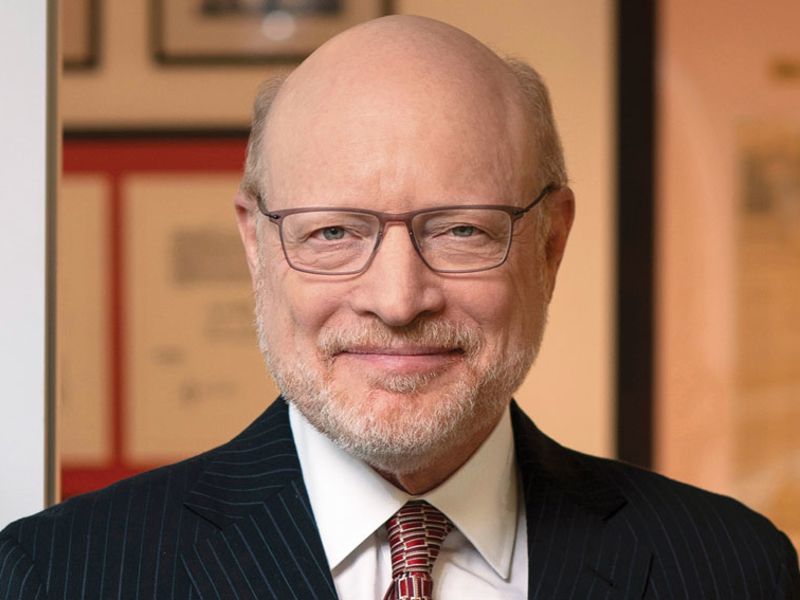Chip Kahn 
Chip Kahn is president and CEO of the Federation of American Hospitals.
When I reflect back on the past 18 months, two themes emerge—tragedy and triumph.
Tragedy is seen in the unimaginable suffering and death we continue to experience in our nation and across the globe, claiming the lives of more than 600,000 Americans and 4 million worldwide.
The physical and emotional toll on families and individuals, whether they lost someone to the virus or contracted it themselves, will also continue to mount.
But there has also been the triumph. Health systems have evolved and our healthcare infrastructure has grown more connected—ultimately making the care continuum better prepared to react quickly in an emergency.
This all led to what I believe are the two greatest successes we saw during the pandemic. First is the stunning speed at which we developed several safe and highly effective vaccines. A close second is the way our entire hospital community and its front-line caregivers responded, especially hospitals connected as integrated systems.
In a matter of weeks, our hospital systems re-programmed themselves— going from “just in time” supply to preparing for all contingencies. They used their size, scale, and geographic reach to adapt to constant challenges, whether it was dealing with shortages of personal protective equipment or rapidly changing treatment protocols. Across the care continuum, integrated facilities teamed up—regionally and nationally—to share needed equipment, staff, and supplies to make sure front-line caregivers could treat the waves of patients.
I was at the White House in April 2020 when then President Donald Trump announced a public-private online initiative to send ventilators to COVID-19 hotspots. Large health systems, such as LifePoint Health, HCA Healthcare and Cleveland Clinic volunteered to loan lifesaving equipment to facilities in need—and it worked!
Hospital systems on the local level helped each other in surge zones. St. Francis Medical Center in Los Angeles County is a perfect example. The 75-year-old institution was financially troubled when Prime Healthcare purchased it in the middle of 2020 and integrated it into the company’s nationwide network of hospitals. Just a few months later it was leaning on that network as St. Francis experienced a massive COVID-19 surge.
Data was another weapon hospital systems harnessed to fight the coronavirus.
HCA treated more than 110,000 COVID-19 patients in 2020. The system used its size and scale to swiftly disseminate findings to practitioners on the front lines—helping improve patient outcomes in a matter of days, not the usual timeline of months or even years.
Large systems are also using their shared expertise to harvest even more lifesaving information from their data—something that will have an impact on care delivery during the rest of this pandemic and far beyond.
CHARGE, a consortium of prominent public and private research institutions will use HCA’s vast data on COVID-19 hospital care to improve patient outcomes and public knowledge. Its collaborative includes institutions like Johns Hopkins University and Meharry Medical College, as well as Agency for Healthcare Research and Quality.
Tenet Healthcare, CommonSpirit Health, MedStar Health and Northwell Health joined others that founded Truveta, which uses de-identified patient data with the goal of finding cures faster.
The COVID crisis certainly isn’t over, but the past 18 months proved the resilience and positive impact of sustained investments in systemization in communities across the country. The efforts outlined above are only scratching the surface of what is possible.
Source link : https://www.modernhealthcare.com/opinion-editorial/staying-connected-during-and-past-pandemic











